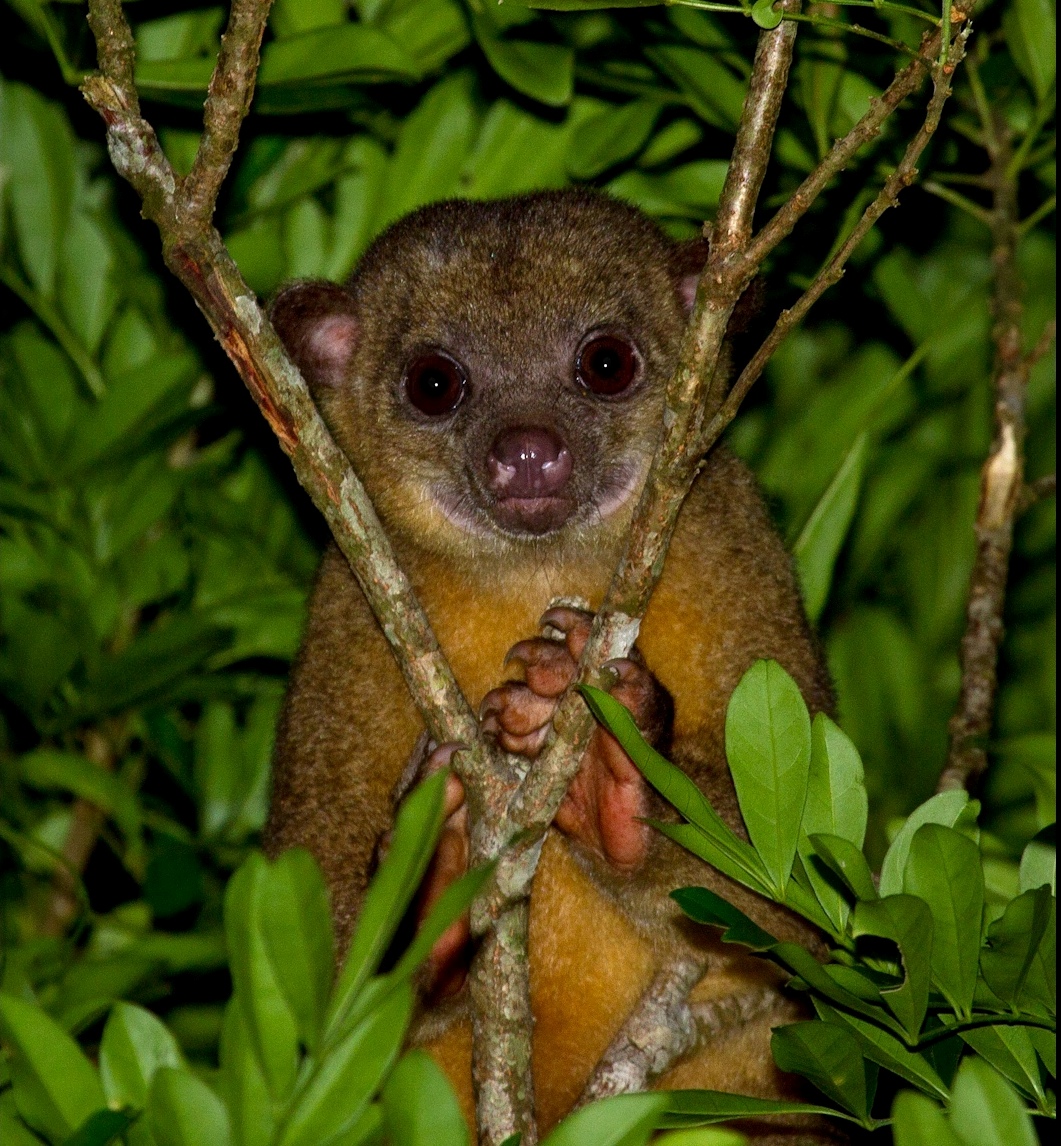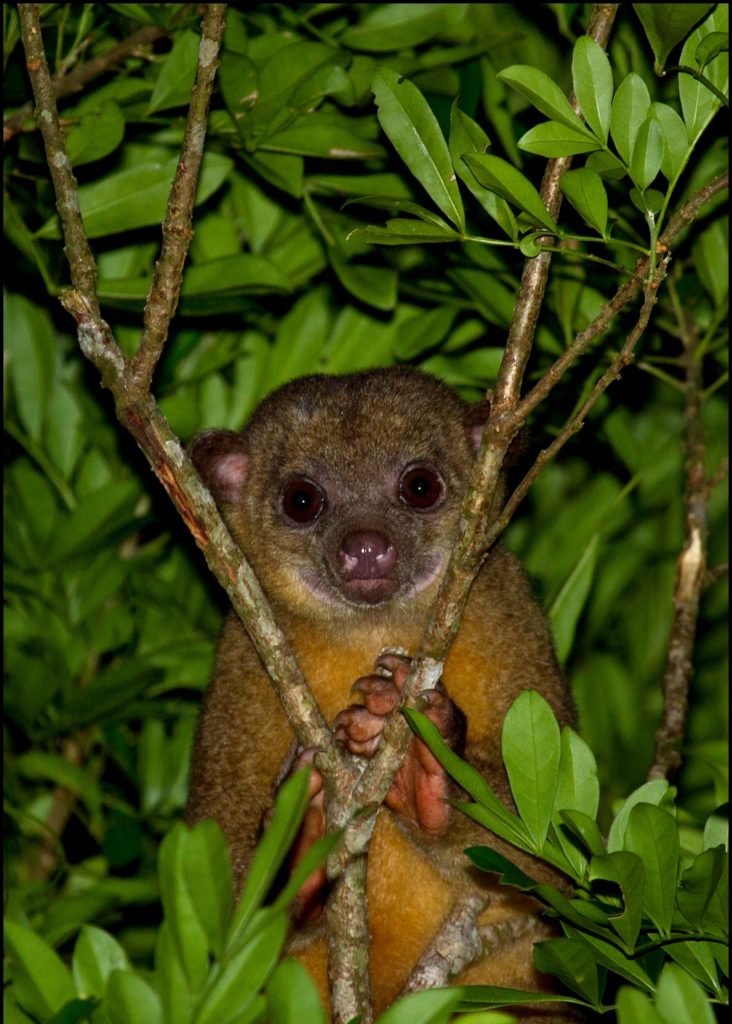The Cool Kinkajou of Chaa Creek

It’s no longer Mother Nature’s best kept secret that Belize has an astounding collection of wildlife living within the 170mi (274 km ) by 68 mi (109 km)of this unique little gem of a country, with many familiar and many not-so-familiar species cohabitating in the huge pristine expanses of protected wilderness.
One of the many things we like to do here is introduce some of our lesser known animal friends to the world, and this week we’ve chosen that nocturnal little scamp, the kinkajou.
Not often seen in the wild due to its nocturnal habits, the kinkajou is a ball of energy when it wants to be – sort of an amped up racoon – curious, intelligent and all too familiar with people when domesticated.
Also known as a honeybear and as Potos flavusto the scientifically minded, the kinkajou abounds in Belize’s forests, where the little omnivore dines mostly on fruits that they hold with their forepaws while using long slender tongues to scoop out the pulp. It is estimated that fruit makes up some 90% of their diet, with various leaves, flowers, herbs and insects providing the rest. As dedicated frugivores, kinkajous play an important role in dispersing seeds throughout Belize and also act as pollinators.
And, as Chaa Creek’s switched-on naturalist guides at the Belize Natural History Centre are happy to tell us, frugivore is just another way of saying “fruit eater”.
So, in another example of Mother Nature’s elegant sense of balance, as kinkajous busily stuff themselves with fruits and other plants, they are also contributing to the spread and survival of various plants species and ensuring that the rainforests maintain their rich diversity.
Kinkajou specs:
An adult kinkajou weighs between 3 and 10 pounds, or about one and a half to almost five kilograms, and ranges from 16 to 24 inches (or 40 to 60 cm) in length, with a tail about the same length.
They have a lovely woolly fur coat of gold or greyish brown with a grey undercoat, and large, slightly protruding eyes, small ears and short legs with five toes and claws on each foot. There’s no doubt that they are cute as can be, which makes them attractive as pets – until their new owners find that they are better at disrupting a household and overturning pantries than any gang of teenagers.
While the Natural History Centre generally advises against keeping wild animals as pets, kinkajous are domesticated throughout Central and parts of South America, where they are known as the micoleón, or “lion monkey” and are gaining popularity as exotic pets in the USA. They are for the most part friendly and playful, but can get aggressive with those sharp teeth and claws if rubbed the wrong way. Like certain blog writers we know, they hate being disturbed while sleeping or woken up early…
In the wild they’re very social critters, sleeping and grooming in groups after foraging on their own. They breed all year long, and have one or two babies after a gestation period of about 115 days. They’ve been known to live an average of about 23 years in captivity, with a maximum recorded life span of 41 years.
Kinkajous enjoy an unfettered life within Chaa Creek’s 365 acre private nature reserve that they share with an enormous variety of flora and fauna, including howler and spider monkeys, coatis, cats such as jaguarundis, ocelots and the rarely seen but occasionally heard jaguar, tapirs and other animals as well as some 308 recorded bird species. It’s a good life, with plenty to eat, no hunting allowed and the occasional appreciative camera toting guest.
Next time you’re out on a Chaa Creek “Creatures of the Night” excursion pay close attention to your guide – if you’re lucky you may catch a pair of big shiny eyes in the flashlight’s beam and see one of these furtive, fun loving animals for yourself.
